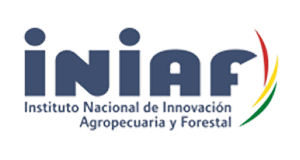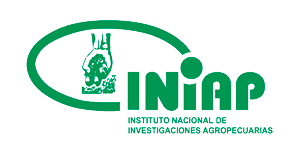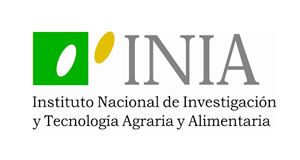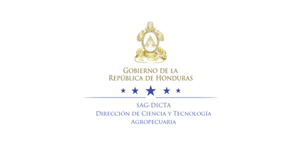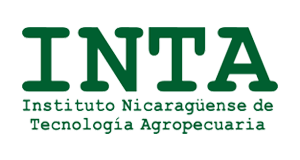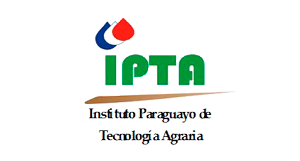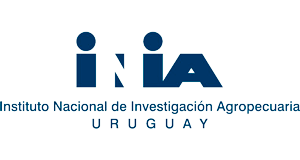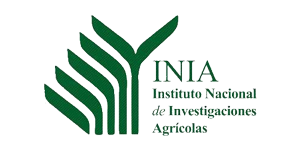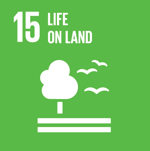Climate Technology Transfer Mechanisms and Networks in LAC
The development of environmentally sound technologies (EST) to reduce climate change vulnerability is necessary but not sufficient to impact the agricultural sector: capacity building, transfer mechanisms and networks are also required.
Context of the story
The coexistence of diverse farming practices in Latin America and the Caribbean is not accidental but the result of ecological, socioeconomic and market conditions requiring a strong set of innovations and strategies to adapt to local and regional circumstances. The significant differences in agricultural production systems in the Southern Cone countries and Central America are a good example of the region’s variability. Challenges posed by extreme weather events like droughts and floods, resulting in increased vulnerability as a result of climate change, have an impact in the whole region and are the key drivers of this initiative.
The need for Environmentally Sound Technologies
The implemented initiative
The project, supported by the GEF and FONTAGRO, focuses on creating, expanding, and strengthening networks and outreach activities to promote the development and transfer of Environmentally Sound Technologies (EST) in LAC’s agricultural sector. Key activities included mapping of regional expertise on EST; technical assistance via a competitive call for proposals; a regional competition on EST for family farming adaptation; workshops; capacity building and on-line information and publications.
Capacity building and joint work: drivers of EST
The technological solution
Diversity and socioeconomic differences in the various sub regions of LAC do not allow for simple linear solutions to the actual and potential impacts of climate change in the agricultural sector. Multi-faceted approaches in technology development, capacity building and transfer mechanisms are also necessary. In this context, the program contemplated not only south-south cooperation in technology validation and adaptation, but also a strong emphasis on training, knowledge management and information dissemination.
Workshops and conferences to present and discuss results, webinars, roadmaps to define priorities and collective actions, policy papers, review of significant topics like adaptation technologies to different ecologies or the future of animal production in the region, were enthusiastically undertaken by a large amount of stakeholders and interested parties.
“Project partners are deeply interested in the utilization of EST at a large scale, in terms of geographical areas as well as beneficiaries”
Participating countries
Results
• Eight international symposia and meetings, attended by 272 scientists from 23 countries, were carried out on Adaptation of Smallholder Agriculture to Climate Change.
• The project supported a database on expertise under AgriProfiles. It contains an inventory of 3,237 experts on EST.
• FONTAGRO, the MPI of New Zealand, the GEF and CATIE supported the “Latin American and Caribbean platform for sustainable intensification of livestock production” linking over 450 stakeholders from 25 countries .
• An overview of EST for adaptation of the agricultural sector to CC identified, in a participatory manner, a set of 23 technological innovations.
• A regional competition on EST for family farming adaptation selected the top 11 cases for publication.

 Back to the project
Back to the project United States
United States Argentina
Argentina Bolivia
Bolivia Chile
Chile Colombia
Colombia Costa Rica
Costa Rica Dominican Republic
Dominican Republic Ecuador
Ecuador Honduras
Honduras Nicaragua
Nicaragua Panama
Panama Paraguay
Paraguay Peru
Peru Spain
Spain Uruguay
Uruguay Venezuela
Venezuela

